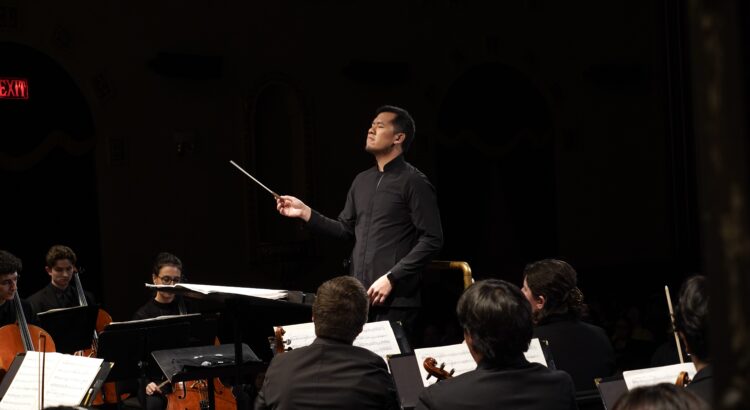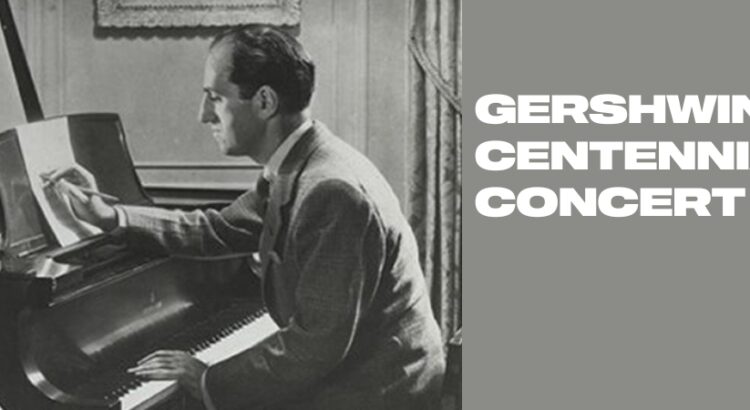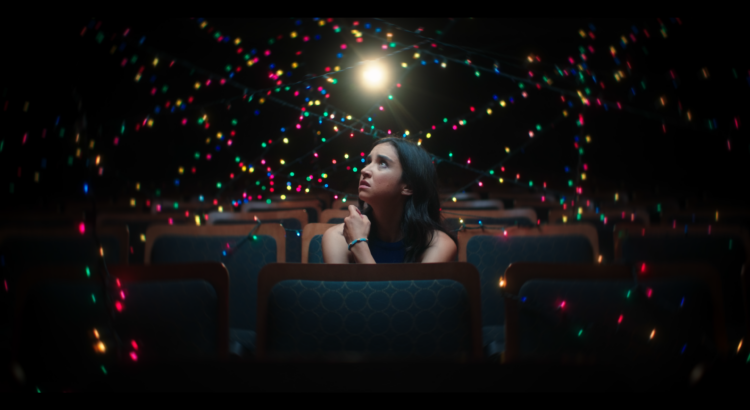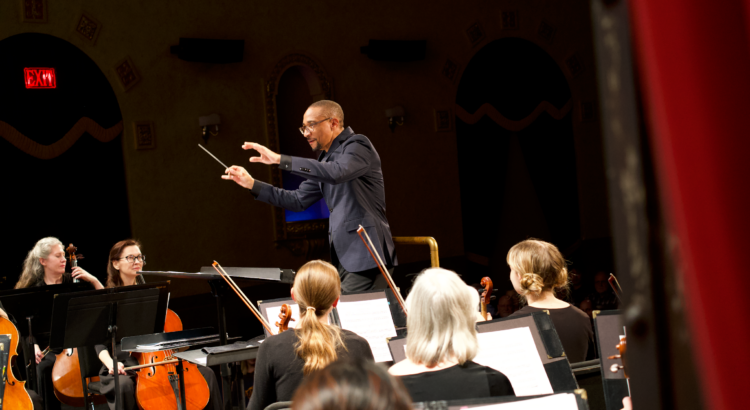Photos are provided by the Ann Arbor Symphony Orchestra
On Saturday, March 15, and Sunday, March 16, the Ann Arbor Symphony Orchestra gave their highly anticipated performance of The Music of Studio Ghibli under guest conductor Wilburn Lin at the Michigan Theater. The program consisted of music all composed by Joe Hisaishi, including the Symphony Variation: Merry-Go-Round/Cave of Mind (from Howl’s Moving Castle, 2004), Orchestra Stories: My Neighbor Totoro (1988), Kiki’s Delivery Service, and Spirited Away.
Howl’s Moving Castle is one of my favorite Ghibli films, so I was delighted that its music opened the night. Because Merry-Go-Round of Life is an incredibly iconic piece and so well-known, I was a bit afraid that the performance would deviate from the original score or lack the same musical satisfaction. However, the orchestra’s rendition was beautiful. The canonic melody seamlessly weaved between the different string and wind instruments, and I particularly liked the pizzicato variations from the strings. My only complaint is that it could’ve gone longer, though I might be biased because I love the piece so much. Though the next part of the variation, Cave of Mind, is a piece I don’t often listen to, I got goosebumps because the brass solo makes it a hauntingly beautiful piece, and I could vividly recall the exact scene where this soundtrack is played during the concert.
The performance of Orchestra Stories: My Neighbor Totoro was interesting because the orchestra decided to add Japanese narration, spoken by Momo Kajiwara, to further enhance the storytelling. To be honest, I don’t love this movie because I don’t find the plot to be that engaging, but this addition made me see the film in a different light. The narration was splitinto eight different sections that summarize the movie’s plot with an English translation provided in the program, and it helped paint the innocent and mystical atmosphere of the movie for those who were unfamiliar with it. Furthermore, I love Totoro as a character, so I found it endearing that there was also someone dressed as Totoro to take pictures with.
The next feature was Kiki’s Delivery Service. I was taken aback by how short the piece was (or maybe I just found it so enjoyable that I got lost in time). Nevertheless, the performance of Kiki’s Delivery Service stood out to me among the rest of the program because of the concertmaster spotlight. The violin solo’s melody differs from the main theme, making it a fun addition to the piece as a whole, and the concertmaster played with a beautifully pure and clean tone.
The night then concluded with the Spirited Away Suite. Spirited Away is one of my favorite Ghibli films alongside Howl’s Moving Castle, so I was blown away by how similar the orchestra’s rendition of Spirited Away was to the original soundtrack. Furthermore, the gorgeous and somber piano melody further enhanced the quality of the music.
Overall, I loved this concert. It was my first time getting to see the Ann Arbor Symphony Orchestra perform The Music of Studio Ghibli, and it will most definitely not be my last.












